This might sound like a strange piece of advice, but GFF partner Martin Jorgensen writes: "Trust me: you generally want to underexpose your digital images. Almost every single one of them. "
You want to do this because you want to avoid blown or burnt-out areas in your pictures. Blown out means no details, and is a point-of-no-return for any image. Very few images with large burnt-out areas will be really useful - unless the overexposure is a goal or a style in itself like in high key pictures.
The danger of blowing is usually worst in the light areas of an image: sky, water, sun streaks, clouds - anything light or white actually. Once these have been overexposed, there is nothing but white in these areas. But you can also blow dark areas. Pitch black and totally devoid of detail isn't particularly interesting if there was detail in there that you wanted to show.
As anglers we have to be particularly careful not to overexpose. Much of the scenery we shoot has glare, either from water, from wet surfaces or from fish. Bright fish are of course the biggest problem, but even fish with dull colors can reflect quite a bit of light from their wet skin.
Because of this I have both my digital SLR and my compact camera permanently set to underexpose all pictures 0.75 EV or three quarters of an aperture stop. This can be done with a menu setting or dial on most cameras. At the same time I have set the color saturation of the images on my compact camera to just a bit above average. This is also typically done in the camera's menu.
What I want to obtain with this is pictures, which are deeply saturated with color and have absolutely no light and featureless patches and are as close to guaranteed free of blown out spots as I can get. I prefer loss in the dark areas over loss in the light ones, but certainly try to avoid both.
If you have a histogram function on your camera, learn to use it, and if there's a highlight and dark areas warning, turn it on. This function will make all featureless areas blink on the back of the display, and you can quickly assess a newly shot image and make necessary adjustments before shooting the next shot. Learn to master the over- and underexposure controls that are found on almost any camera, and learn how to quickly turn exposure down or up according to what you see on the display.
You will be surprised how many pictures come out really good even though they are nominally underexposed. The underexposure will give denser and more colorful pictures, but should a picture come out too dark, you will usually be able to lift the levels in a photo-editing program and regain a normal light in the picture. Use functions such as "Levels", which can expand the tonal range of a picture, and "Curves", which can lift certain tones or color ranges. Using these tools, you will be able to bring out the light and colors, but not sacrifice the highlights.
When using flash you may be even more prone to blowing light areas, and if it's possible, experiment with underexposing your flash, especially when using it in darkness.
Many modern digital cameras control the exposure very well, and are able to cope with even quite difficult lighting situations. They offer you a chance to see the picture after exposure, and many even have a histogram function, that gives very detailed information about the exposure. In many cases you can turn on a function, which will blink over- and under-exposed areas of the image, and by quickly checking the image, you can make sure that your picture is not ruined by the predominance of such areas. Once these areas blink, the camera tells you that they lack detail, and are a clean white, which will come out as very brightly lit areas on print or on the screen.
If you want more details about using a histogram, your can check this histogram article on 500th.net.
- Log in to post comments

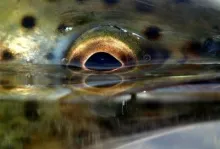
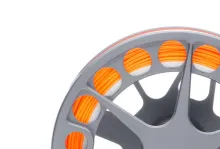
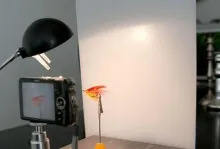
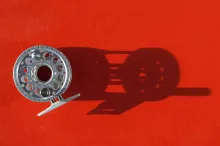
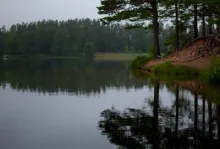


Amazing pictures! Th
Amazing pictures! Thank you for sharing them!
I found this online video tutorial @ colorbalancecoach.blogspot dot com on how to read the photographic histogram, I hope that it can add to this article, and can help you as much as it did for me!
Once again, a great
Once again, a great article on photography !
I think that with a little experimenting on where to point a camera to determine the exposure a better picture can be made in certain situations.
As we know most digital slr's have the choice on how the exposure is measured, spot, partial or matrix, most compacts do not have this choice, although the average fisherman will carry a compact..
When taking landscape or even portrait pictures under difficult light situations it might be helpfull to point the camera on the darker or lighter area, keeping the shutter lightly depressed and then compose the picture, you will get a sharp image and can play some with the exposure. Of course, it all depends on the conditions, but with a little practice the photographing-fisherman will get better results.
Really like the way you explain stuff !
Greetings, Limpe
Excelent article and
Excelent article and fantastic pictures.
The best advice is to use the histogram function. In general you want to shoot in such a way that the histogram is as far to the right as possible without blowing the highlights. This will preserve most of the dynamic range.
Also whenever possible shoot raw which records the information directly as recorder by the sensor in the camera. This is equivalent to undeveloped film and allows for the adjustment of up to 2 fstops in post processing. Unfortunately most compacts only support jpeg (for marketing reasons).
Excellent advice Mar
Excellent advice Martin. The handbook you get with your camera can seem a bit daunting at first but the info is there for a good reason. Must try it soon.